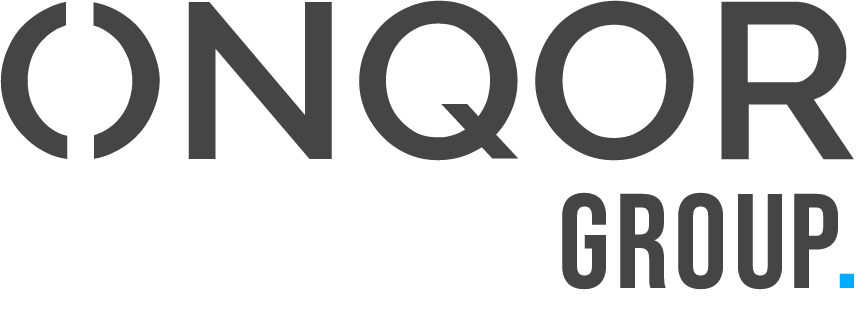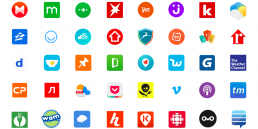Creating engaging content for your brand or business can be a challenge. Maybe you’re pushing out content but not getting much engagement? Make sure your content is providing value, but also is engaging for your audience. In this blog we talk about the use of language in copywriting for your content, how you can shape & change it up so that it is engaging for viewers.
Be Descriptive - Spark That Excitement
Make sure your content uses exciting language. When writing copy for content, try to think about the language you have used, whether it is too plain, & how you can make it sound more exciting to your audience.
People tend to find descriptive words more exciting & largely more enjoyable to read. Using descriptive words will help you to tell a more gripping story which will hook your audience in.
It's all about ME.
NEWS FLASH – it’s actually not all about you. Sorry.
It is important to analyse how often you talk about yourself & what you do as business, versus talking about your fantastic audience & the things you do which will benefit them.
Okay, so how do I do it?
Make sure your content isn’t “me, me, me”. Yes, it’s great to talk about yourself & what you’re good at (I mean you worked so hard at what you do – why would you not?!). However, try to also focus on your audience – be sure to address their problems & then how you can provide help for them!
A balance between you & your audience is so important!
Kinaesthetic, Visual and Auditory Language
Intrinsically, we tend to prefer one of the three language styles: visual, auditory or kinaesthetic (also known as VAK). We like to ‘see the picture’ (i.e. visual), ‘hear what you’re saying’ (i.e. sounds), or ‘get a feel for it’ (i.e. feelings) – these are just a few examples of how individual’s VAK preferences vary in language we use everyday. Due to this, having a balance between VAK language is recommended, helping to engage all types of readers in your audience.
Make sure this is balanced in your writing.
- Kinaesthetic language is doing & movement-based, words like; feeling, touch, sense, grasp, support
- Visual language is what you can see & picture, words like; imagine, vision, perception, view
- Auditory language is what you can hear, so words like; hear, sounds, ring(s), listen, clicks, buzz, noise, bell
Static and Dynamic Language
You need to analyse the amount of static & dynamic language you are using in your content. More simply, does your copy focus on the present, the future or do you adopt a balance of both?
We think it’s important to have a bit of a mix so your audience can understand both what is happening in the here and now and why it matters for the future.
Okay, so how do I do it?
Try to include more static & dynamic words, because this will help when it comes to connecting & engaging with different people.
Top Takeaways
There are different ways to make your content engaging!
In this blog, we focussed more on the use of language throughout your writing.
- Be descriptive, talk more about your audience & how you can benefit them, use language to help them visualise, hear & feel what you’re talking about.
So you’ve got an insight into creating engaging content, head over to our ONQOR How-To Guide on creating a Content Strategy. This will have some further information & tips on creating content to educate, entertain, & spark emotion in your audience.
Feel free to employ this understanding of how language can keep your audience engaged in your content strategy. It will help to ensure your brand is creating & pushing out content which engages your audience.
Need further help?
Does your business need help creating content & engaging your audience?
We can help you find out exactly why your content, website or campaign isn’t connecting with your target audience & put a winning strategy in place to achieve the results you need.
If you need any help with creating engaging content, head over to our contact page! Let’s jump on a call or, pop us over a quick email & we can have a chat about helping you with creative content.






